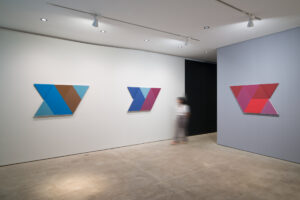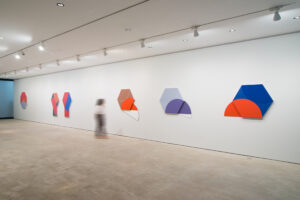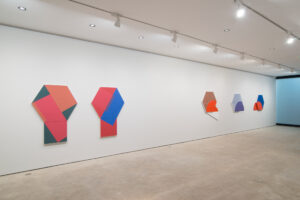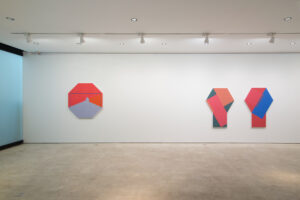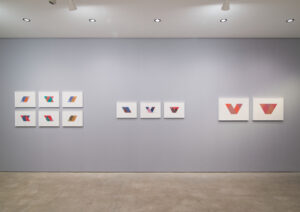tuneu_ volumetric paintings
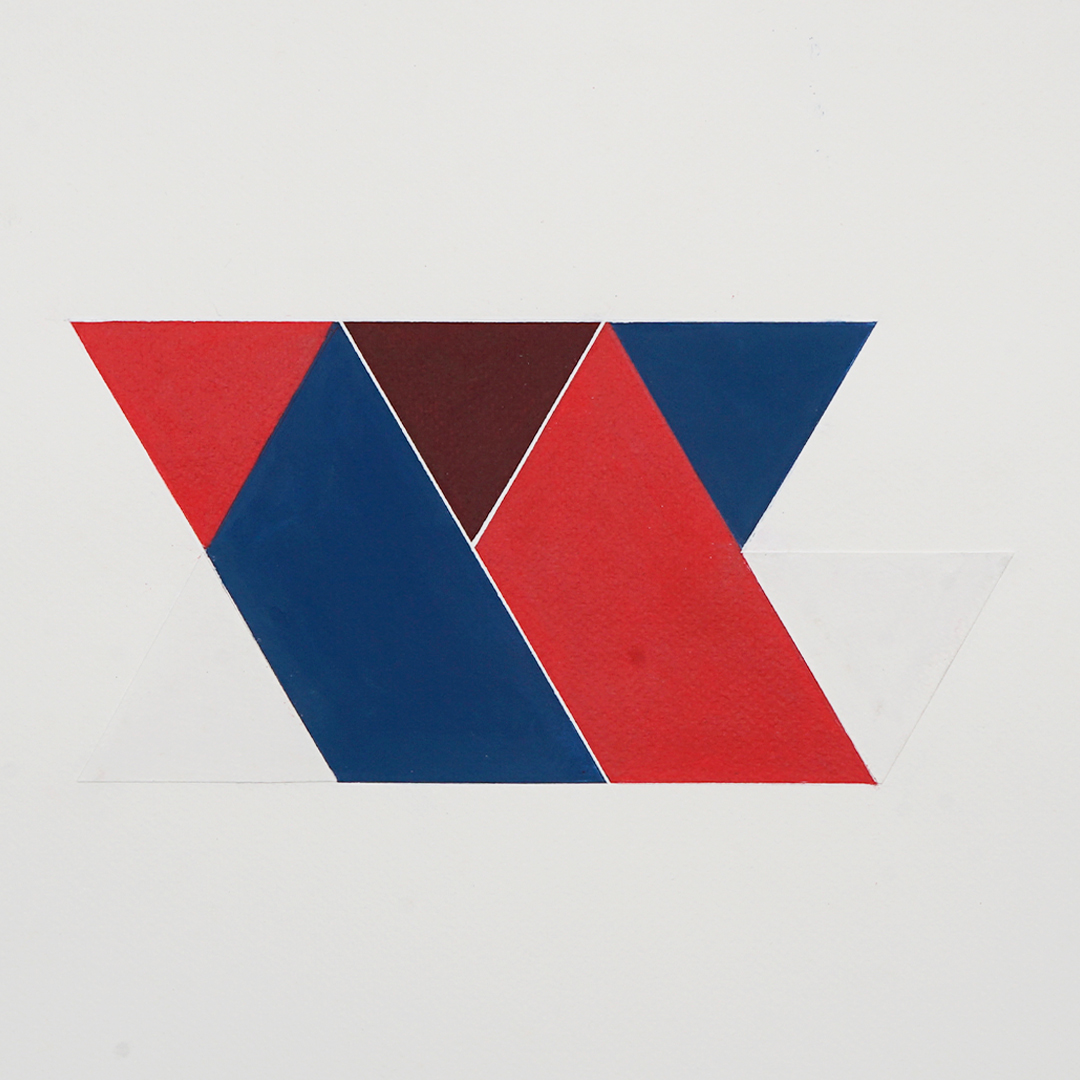
Parted Purity
From the India ink drawings made in the mid-1960s, featuring stacked forms and bodies — those which resemble blocks leaning on each other, possible shadowy and enigmatic visions of walls, buildings, imaginary cities, or whatever they might be; others, disjointed heads, torsos, and genitalia —,Tuneu’s work , as often happens, experienced many variations. Born and raised in São Paulo, addicted to visits to museums, galleries and successive editions of the São Paulo Biennial, initially as visitor and, from 1967, at the famous Pop Biennial, as a participant — incidentally, the youngest participant, at least until then —, it was natural that he would be sensitive to the production of his peers, both local and international, starting with that of his mentor Tarsila do Amaral (yes, the very same, who guided him from age 10 to 25); that he would feel the impact of Wesley Duke Lee’s drawings; that he would watch in awe as the 39 paintings of the Edward Hopper room were unpacked at the same 1967 Biennial, where he saw Robert Rauschenberg hanging his immense Barge, a painting 980 cm wide, the largest in his series of 79 silk-screen paintings.
The mention of these four references is not without reason. All of them are figurative artists, while Tuneu would eventually lean towards abstraction, more precisely geometric abstraction. But let there be no confusion with Concretism. To begin with, one of his aesthetic and emotional affinities was with Willys de Castro, who, along with his companion Hércules Barsotti, joined the Neoconcretists in Rio. Tuneu amused himself with Willys mocking the dogmatism of Waldemar Cordeiro, the leader of the Concretists, who believed brown was not a color. The issue is that Tuneu, in addition to his formal precision, always revered color, never separating one dimension from the other.
The variation in Tuneu’s work did not arise from incorporating external languages, but rather from the systematic, diligent, and meditative exploration of the constituent elements of painting. This includes the application of geometric forms, extending from the quadrangular field defined by the frame, the frame itself, to the four lines that delineate the boundaries of the paper, cardboard, or canvas. Additionally, one must consider the surfaces of these supports, upon which he paints, scratches, and cuts, as seen in his series featuring cuts, folds and plane overlaps. And color, of course, a multitude of colors, tonal variations, and contrasts, reflective of his cultivated musical ear, capable of recognizing complex composite rhythms and the nuances of certain glissandos.
For this exhibition, composed of a collection of papers and paintings, Tuneu maintains the hexagon as the protagonist. How might we interpret this choice? Perhaps because the honeycombs are small hexagons, confined with purity, sweetness, and their condition as vital food source; perhaps because the world was created in six days; perhaps because the hexagon is the sum and product of the first three numbers — one, two, and three —, which characterizes it as the first perfect number; perhaps because an infinity of crystalline structures, from a snowflake to a carbon atom, are hexagonal; perhaps because the pentatonic scale, as Pythagoras proposed, has six equal intervals. Perhaps, ultimately, to find a sense of order and purity in a life devoid of meaning, in a world perpetually in crisis.
Yes, perhaps all of this is a fortunate coincidence, which I personally doubt, and I urge the reader to exercise caution, for one may not be aware of what artists can do, consciously or unconsciously. In any case, look at each of these works and notice that all of them — whether open, expanded, unfolded, or pointed forms — contain within them a perfect hexagon. At times, as if adhering to their versatile nature, these forms spread out, extending sideways, upward, like geometric petals of a lily, opening in alternating movements and unequal but precise positions, as if equipped with hinges. And it is often the case that, simultaneously, one of the six lateral lines of a hexagon asserts itself as the edge of a square projecting inward, in a dynamic that repeats and proliferates into triangles, trapezoids, filled or hollow, occupied by one or two colors, or reduced to contour lines, sometimes appearing as a straight slit of light. Notice how the colors correspond, vibrating as they come closer when they happen to contrast, dissolving into one another when adjacent or overlaid, in more or less discrete glazes, with one color inhabiting a submerged plane and another floating on the surface.
Working with the hexagon, this perfect shape, Tuneu examines it with a precision akin to Newton subjecting a prism to light, discovering that the simple triangular-sectioned solid of glass, with its flat, polished faces and transparent body, has the power to transform a beam of white light into the projection of a spot with the colors of the rainbow.
Agnaldo Farias
FAUUSP
exhibitions images
